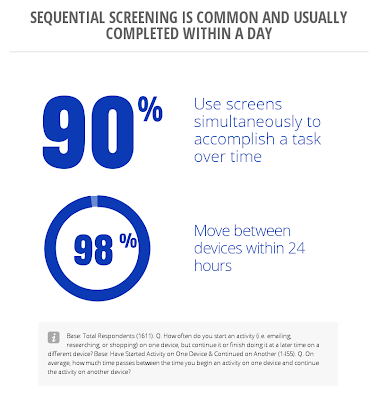For my last post of 2013 I thought I'd quickly mention this map of Social Networks used across the world for this month, December 2013.
Every 6 months Vincenzo Cosenza collates information from Alexa to understand which Social Media platforms are the the most popular in each country across the globe:
Since his last review 6 months ago, Facebook's growth has been slower. Its population is now up to 1.189 billion monthly active users, made up of: 199 million U.S. and Canada users, 276 million users in Europe, 351 million users in Asia (up by 34 million) and 362 million users from other parts of the world. Showing that it is still the world's leading network and that others such as V Kontakte and Twitter will have a hard job overtaking.
What is interesting for me is that there are a number of social networks that I was not familiar with at all, including Adnoklassniki, QZone, Cloob and Drauglem. Their prominence in this review highlights the need for a global social media marketing approach (e.g. when planning any international eCommerce efforts).
Every 6 months Vincenzo Cosenza collates information from Alexa to understand which Social Media platforms are the the most popular in each country across the globe:
Since his last review 6 months ago, Facebook's growth has been slower. Its population is now up to 1.189 billion monthly active users, made up of: 199 million U.S. and Canada users, 276 million users in Europe, 351 million users in Asia (up by 34 million) and 362 million users from other parts of the world. Showing that it is still the world's leading network and that others such as V Kontakte and Twitter will have a hard job overtaking.
What is interesting for me is that there are a number of social networks that I was not familiar with at all, including Adnoklassniki, QZone, Cloob and Drauglem. Their prominence in this review highlights the need for a global social media marketing approach (e.g. when planning any international eCommerce efforts).





















